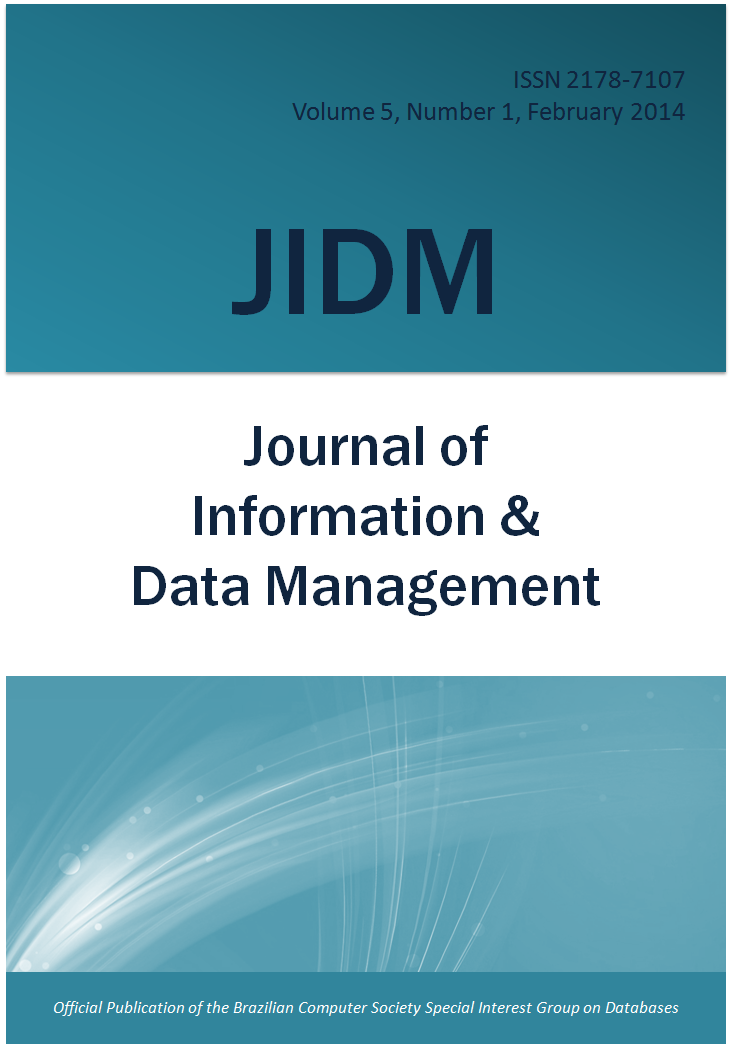A Fuzzy Decision Tree Model to Support the Task of Bus Reallocation in Public Transport Systems
Keywords:
Fuzzy decision trees, fuzzy systems, public transport systemsAbstract
The task of planning and managing urban public transport systems, such as bus networks, is a relevant problem with several approaches proposed in the literature. In this article, we focus on the specific task of reallocating buses from different lines of a previously planned system in case of restrictions regarding the breakdown of vehiclesand/or absent drivers. For this purpose, we present a fuzzy decision tree that combines the graphical representation of decision trees, which are highly interpretable, with the mechanisms to handle linguistic attributes of the fuzzy systems. The model was induced using real data collected from a public bus system with 26 bus lines. The collected data includes 16 attributes related to characteristics of the bus lines and users. Such data basically present input values for the 16 attributes, as well as an expert decision on the reallocation of buses. The final induced models include reduced sets of key-attributes. The idea is to use the fuzzy decision trees to support human experts to make decisions regarding reallocating buses from lines in order to optimize the average time that users have to wait for a bus service. The models induced by the FuzzyDT algorithm were compared to RIPPER, J4.8, NaiveBayes, and a Multi-layer Perceptron. The
FuzzyDT induced models presented superior results in terms of error rates and interpretability. The models use reduced sets of attributes and are highly interpretable.
Downloads
Additional Files
Published
2014-07-14
Issue
Section
KDMiLe 2013

